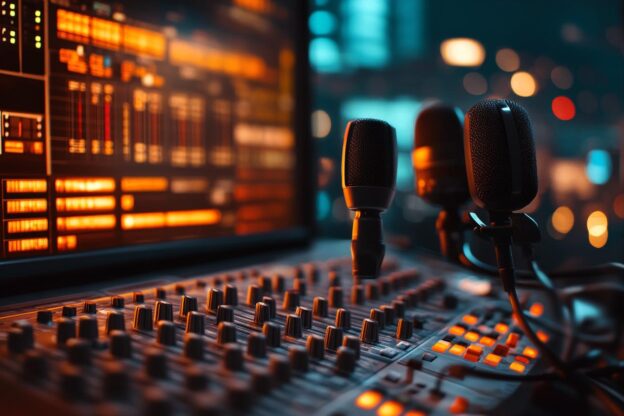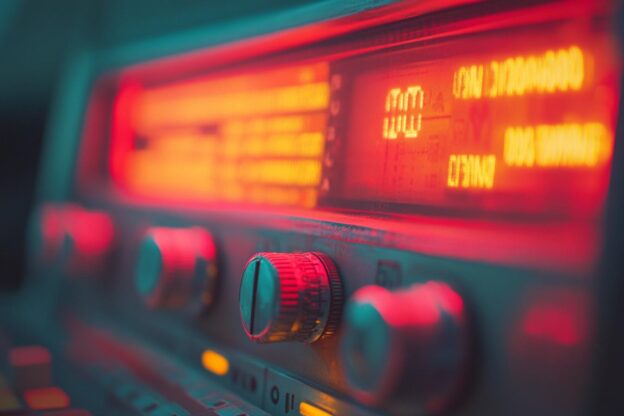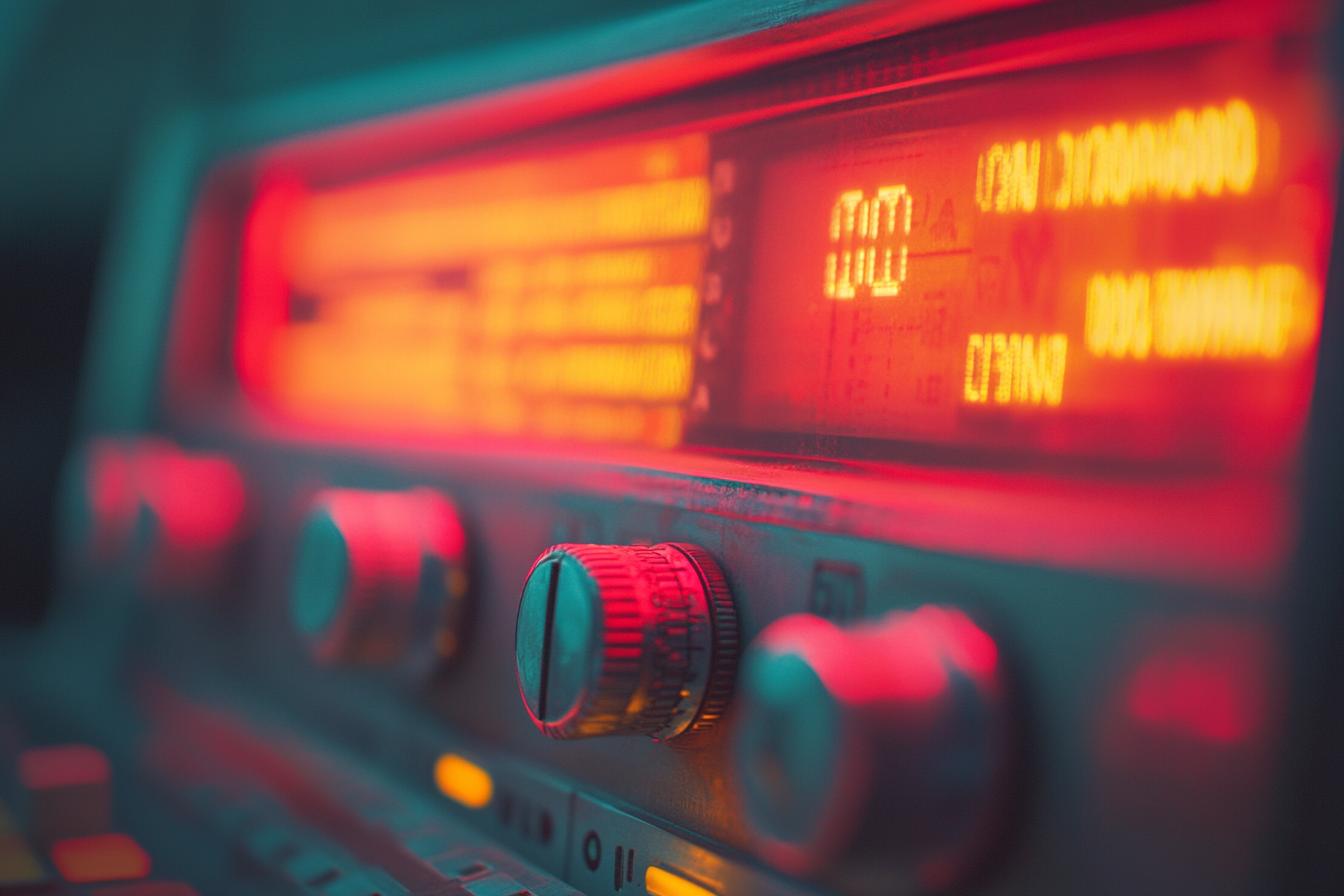Radio news ethics are a vital component of maintaining trust and credibility with listeners. Just like a trusted friend, a radio station should be a reliable source of information. This means journalists must adhere to principles of accuracy, fairness, and objectivity in their reporting. They should strive to present a balanced perspective, considering all sides of a story and avoiding bias. For example, when covering a controversial issue, it’s crucial to present both sides of the argument and allow listeners to form their own conclusions. This is especially important in today’s world where misinformation can spread quickly.
Furthermore, radio news ethics encompass the responsible use of sources. Journalists should verify information from multiple sources before reporting it, ensuring its accuracy and reliability. They should also be transparent about their sources and any potential conflicts of interest. Imagine listening to a story about a local politician and realizing the reporter is a close friend of the politician. This lack of transparency would immediately raise questions about the story’s objectivity. By adhering to these ethical principles, radio news can maintain its integrity and serve its audience effectively.

Radio News Ethics
1. Radio News Ethics
Radio news, like all journalism, operates on a foundation of ethical principles. These principles guide reporters in their pursuit of truth and accuracy. Radio news professionals strive to present information fairly and objectively, avoiding bias and sensationalism. They are also committed to transparency, disclosing sources and potential conflicts of interest. This commitment to ethical practices fosters trust with listeners and ensures the credibility of the news being delivered.
Radio news ethics also extend to the treatment of sources and subjects. Reporters are expected to respect the privacy and dignity of individuals, particularly those involved in sensitive stories. They should avoid exploiting or harassing sources, and they should always strive to present a balanced and fair perspective on all sides of a story. By adhering to these ethical standards, radio news professionals contribute to informed public discourse and responsible reporting.
2. Truthfulness and Accuracy
Truthfulness and accuracy are the cornerstones of ethical radio news reporting. Radio journalists have a responsibility to present information that is factually correct and free from bias. This means verifying information from multiple sources, carefully considering the context of events, and avoiding the temptation to sensationalize or distort the truth. A commitment to accuracy extends beyond just getting the facts right, it also involves presenting information in a clear and understandable way, avoiding jargon, and using language that is both precise and accessible to listeners.
When radio news reporters fail to uphold these standards, they erode public trust and undermine the credibility of the entire profession. This can lead to confusion, misinformation, and ultimately, a less informed citizenry. Therefore, maintaining truthfulness and accuracy is not just a matter of professional ethics, it’s a matter of public service. Radio journalists play a vital role in keeping the public informed, and that responsibility comes with a commitment to providing information that is both accurate and trustworthy.
3. Fairness and Impartiality
Fairness and impartiality are cornerstones of ethical radio news reporting. They ensure that all sides of a story get a fair hearing and that the audience receives a balanced and accurate picture of the events. To achieve fairness, reporters should strive to present all relevant facts and perspectives, giving equal weight to opposing viewpoints. They should avoid slanting the story in favor of one side or another, and they should be transparent about their own biases and potential conflicts of interest.
Impartiality means reporting the news without letting personal opinions or beliefs influence the coverage. It requires reporters to be objective and to avoid editorializing or injecting their own views into the story. While reporters can express opinions in editorials or commentaries, they should clearly separate these from news reports. By upholding fairness and impartiality, radio news reporters build trust with their audience and ensure that the public is well-informed about the world around them.
4. Privacy and Confidentiality
Privacy and confidentiality are cornerstones of ethical radio news practices. Radio journalists have a responsibility to protect the privacy of individuals, especially when reporting on sensitive topics. This means carefully considering the potential impact of revealing personal information, especially when it is not essential to the story. For example, a radio reporter might choose not to use a person’s full name if it could lead to unwanted attention or harm. They should also be mindful of the potential consequences of publishing information that could compromise someone’s safety or well-being.
Confidentiality is another important aspect of ethical news reporting. Radio journalists often receive information from sources who request anonymity. This could be due to fear of retaliation, or simply a desire to speak freely without fear of repercussions. Radio journalists must honor these requests, as keeping promises is crucial to building trust with sources. They should also be transparent about their use of anonymous sources, clearly stating when information comes from someone who wishes to remain unnamed.
5. Transparency and Accountability
Transparency and accountability are cornerstones of ethical radio news practices. When journalists are transparent about their sources, methods, and potential biases, they build trust with listeners. This transparency allows listeners to critically evaluate the information presented and make informed decisions. Additionally, holding journalists accountable for their work is crucial. This means acknowledging and correcting errors promptly, being open to criticism, and demonstrating a commitment to fairness and accuracy in reporting.
Accountability also extends to the broader news organization. This includes clearly stating ownership and funding sources, avoiding conflicts of interest, and being responsive to listener concerns. By embracing transparency and accountability, radio news organizations can foster a more informed and engaged public, while maintaining the integrity and credibility of the profession.
6. Avoiding Conflicts of Interest
In the world of radio news, maintaining trust with your audience is paramount. One of the most important ways to achieve this is by diligently avoiding conflicts of interest. A conflict of interest arises when a journalist’s personal interests, relationships, or financial ties could potentially influence their reporting. This could be anything from accepting gifts from a source to having a close friend who works for a company being covered in a story.
To prevent these situations, radio journalists should always be transparent about their affiliations. They should disclose any potential conflicts of interest to their editors and, if necessary, to the public. This ensures that listeners are aware of any potential biases and can make informed decisions about the information they are consuming. By being proactive and open about potential conflicts, radio journalists can safeguard their credibility and maintain the public’s trust in their reporting.
Conclusions
So, there you have it! Radio news, just like any other kind of news, needs to play by certain rules to keep things fair and trustworthy. We’ve talked about how important it is to be truthful and accurate, to give everyone a fair shake, and to respect people’s privacy. It’s also crucial to be transparent about who’s doing what and to avoid any situations where someone might benefit unfairly. By following these guidelines, radio news can stay reliable, keep listeners informed, and build trust with the community.
Remember, radio news is a powerful tool that can shape public opinion. It’s up to everyone involved to make sure it’s used responsibly and ethically. So, the next time you tune in, think about what you’re hearing and how it aligns with these important principles. It’s all about keeping the airwaves honest and giving listeners the information they need to make informed decisions!


















